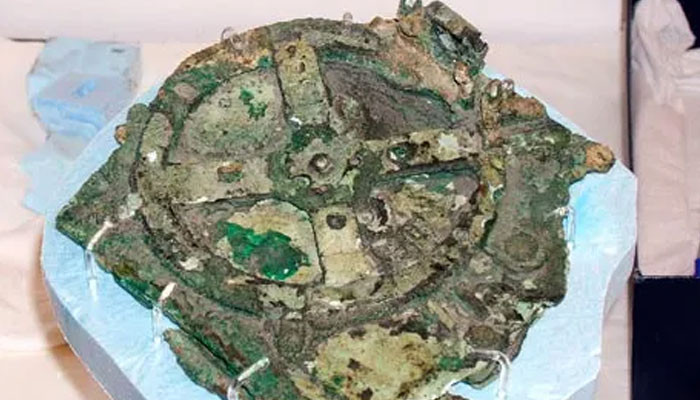The discovery of unusually complex fragments of a 2,000-year-old “computer” has scientists baffled.
Discovered in 1901 from inside a Greek shipwreck, the Antikythera mechanism, a sidereal almanac, has been dubbed the “first computer” and has fascinated researchers ever since.
The watch, which is a manual time-keeping device, uses a system of wings to keep track of celestial time for the sun, moon, and planets. It also served as a calendar recording the phases of the moon and the dates of eclipses. Indy 100 mentioned.
Although it seemed quite obvious, the mechanism was more technologically advanced than any device created over the next thousand years.
Experts at University College London used 3D computer modeling to research the device to help them discover how it works and to show its “remarkable innovation”.
“We think our reconstruction matches all the evidence scientists have extracted so far from the remains,” Adam Wojc, a materials scientist at UCLA, said at the time.
According to their theory, where the ancient Greeks believed that the sun and planets revolved around the earth instead of the sun, the device is believed to track the movement of the sun, moon and planets in concentric rings.
“The solution to this complex three-dimensional puzzle reveals a work of genius – combining Babylonian astronomy courses, Plato’s academic mathematics, and ancient Greek astronomy theories,” the researchers wrote in the journal Scientific Reports.












































